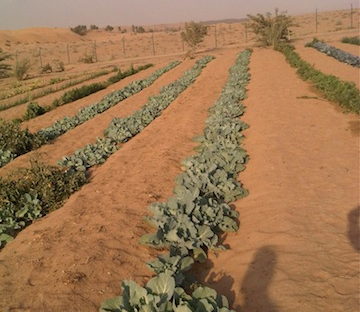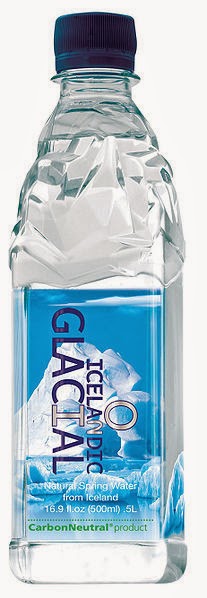
Every day, our economies dig up and burn 24 MT(Carbon) to fuel our vehicles, aircraft, power plants, ...
Today, 1.2B gas vehicles growing to 2B (in 2030). Alternate energy is ramping up, hopefully it will meet quickly increasing demand due to population growth and higher quality of life.
To totally offset the carbon emission from fossil fuels, we need to bury a mound of fluffy bioCarbon the size of the Great Pyramid, every hour, every day! (density: 0.5) (24 MT(C)/day = 8.2 GT(C)/year = 30 GT(CO2)/year).
Where to dispose of this carbon removed from the atmosphere? Biochar has economic value because it helps solve Drought!
Biochar salvages farmland, crops, and stretches water usage, resulting in increased yields, wealth, and stabler food supply,Some municipalities in California add biochar to Golfs and Parks to reduce need for water by 50%.
Alberta, Saskatchewan, Manitoba total over 2 million Km2. If 10% of this area (=200k Km2) applied biochar at a rate of 10 m3/day/km2, totalling
1 M Tonne/day (1 pyramid/day).Another pyramid per day is built by adding and stirring in 20cm of biochar (density 0.5), into desertic areas 10 km2 to grow food for billions more.

Such deserts found in Africa, America, Australia, Middle-East can be made fertile, while helping to re-purpose 24 pyramids of carbon every day!
Relevant Links:
- Biochar-buries-Fossil
- Paris-2015: Canada - Carbon Neutral by 2025?
- Paris-2015: India - Third CO2 Emitter
Return to Menu Index

















 As for Fusion Power, most directions
are stalled at Hi-Energy Containment,
near the goal of "getting back more"
than the cost of the fields.
As for Fusion Power, most directions
are stalled at Hi-Energy Containment,
near the goal of "getting back more"
than the cost of the fields.  Heat sources not always available
Heat sources not always available Fusion Expands Geothermal Opportunities.
Fusion Expands Geothermal Opportunities. Fusion Geothermal could provide numerous advantages:
Fusion Geothermal could provide numerous advantages:





 Commercial fusion appliances exist
Commercial fusion appliances exist Fusion explosions could be small
Fusion explosions could be small Fusion power could be done this way using existing technology
Fusion power could be done this way using existing technology